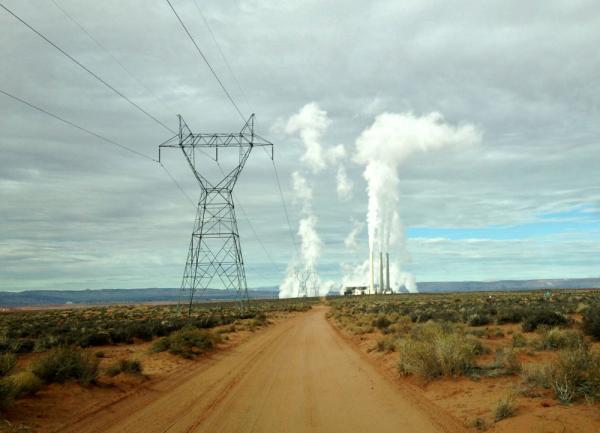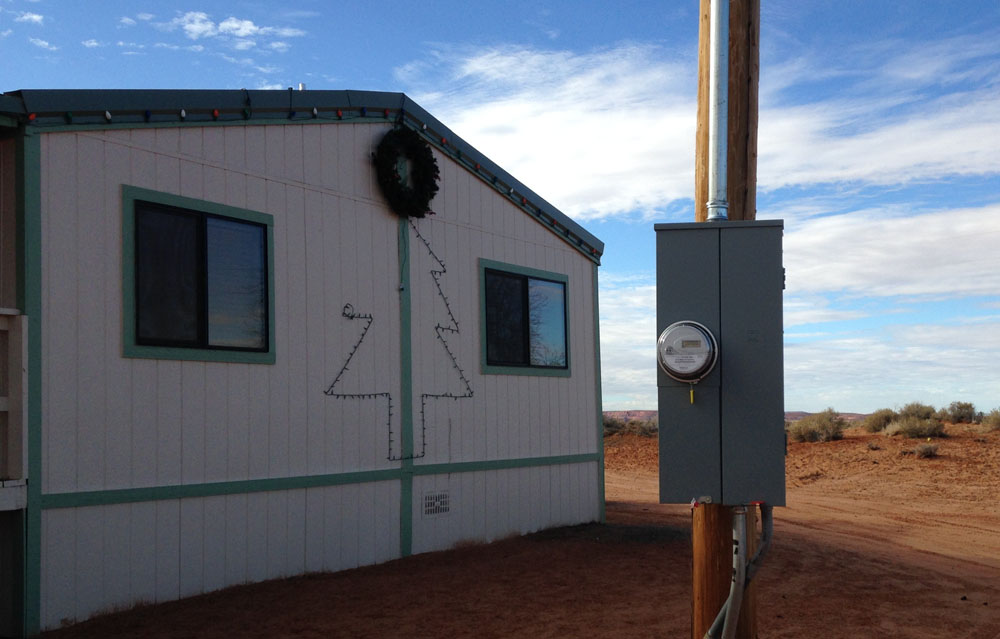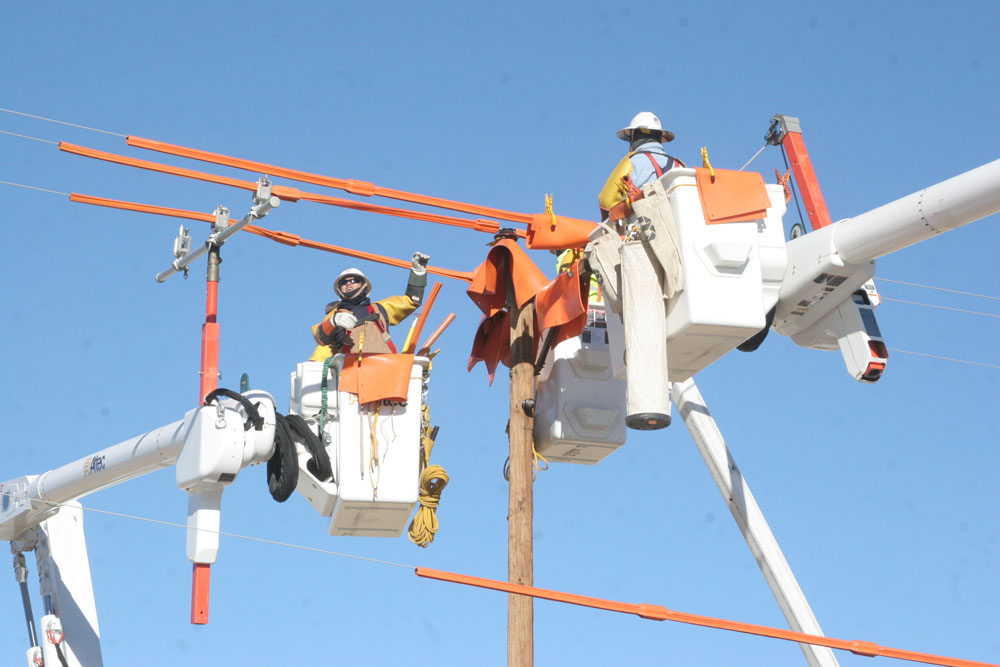Not Alone In the Dark: Navajo Nation’s Lack of Electricity Problem

Carol Bigthumb waited more than half a century for the lights to come on in her house.
Bigthumb, 57, grew up in LeChee, Arizona, a small community in the northwest corner of the Navajo Nation and about five miles from nearby Page. Hers was a simple life, shared with seven siblings and a herd of sheep.
“We hauled water from a pond and collected it from rainwater,” she said. “We grew up without electricity, so were always buying batteries or propane in bottles to power things we used around the house.”
Life without basic infrastructure – running water, phone or electricity – wasn’t a hardship, Bigthumb said, because she didn’t know any better.
“We knew how to get along without it,” she said.
Then two things happened to change her perspective: she spent eight years in Utah on the Indian Student Placement Program, where she first saw modern conveniences like kitchen appliances and TVs; and construction began in 1970 on the Navajo Generating Station, a coal-fired power plant that went up half a mile from Bigthumb’s home and delivered electricity and water to customers across Arizona, Nevada and California, but failed to serve her community.
More than 40 years later, in March 2014, Bigthumb finally flipped a switch in her house and got light. But that was after raising eight children without running water or electricity. After starting a tourism business at nearby Antelope Canyon and operating without basic modern conveniences. After spending a lifetime in the dark.

She was so accustomed to carrying around a flashlight that when she finally got power, she sometimes forgot to use it.
“At first, my husband and I kept carrying around flashlights,” she said. “We’d catch each other doing it and laugh and say ‘Turn on the light.’”
At age 56, Bigthumb – though still waiting for running water and plumbing services – joined a growing population of Navajo residents with humorous or endearing memories of the day they first got electricity.
Some make toast, said Deenise Becenti, spokeswoman for Navajo Tribal Utility Authority, the non-profit enterprise tasked with hooking up homes to utility services. Others brew coffee, boil beans, plug in air conditioners or put up Christmas lights. Many are elders who have lived decades without modern conveniences – the result of long waiting lists for service and eternal funding shortages.
It can cost as much as $50,000 to connect one customer to electricity, said Walter Haase, general manager for NTUA. And the hardship doesn’t end there: an estimated 32 percent of all homes lack electricity, while 31 percent lack plumbing, 38 percent lack water services, 86 percent lack natural gas and 60 percent lack telephone services.
In numbers, about 15,000 homes are not connected to electricity. But while NTUA extends power to about 700 new customers per year, a steady increase in the number of households on the reservation makes it difficult to make a dent in the need, Haase said.
“When we electrify an area, we have more people moving in,” he said. “People come after the fact, and the good news is that it’s easier to connect them, but the bad news is that it’s hard to decrease the overall number that need it.”
At its current rate of 700 new hookups every year, it would take NTUA more than 35 years – and hundreds of millions of dollars – to electrify the entire reservation, Haase said. That won’t happen without “mass funding.”
Creation of NTUA in 1959 followed decades of neglect when even federal policies like the Rural Electrification Act of 1935 – designed to bring electricity to rural and agricultural areas – failed to address tribal needs. That negligence is inextricably tied to the grim standards of living on the reservation now, and the dismal rates of unemployment and poverty, Haase said.

“Without electricity or water, it’s harder to live,” he said. “It takes you hours in the week to keep everything running. You have to haul water and coal and you have to chop wood. If you have to drive two hours to get water, or an hour or more to get food, you’re using precious time that you could be using to earn a living.”
An estimated 43 percent of Navajo people live below the federal poverty line, with an average per capita income on the reservation of $7,300, as compared to the U.S. average of $43,000.
All of these figures work against the average Navajo family that just wants to flip a switch and have light, or heat, or refrigeration, Haase said. It is especially difficult and expensive to extend power on the reservation, where residents can be isolated and scattered.
“The problem with operating any utility is that when you have lots of customers, it’s more efficient,” he said. “On the reservation, with its 27,000-square-mile territory, there are fewer customers per mile, so operating costs are the highest in the country with the people who are least able to afford them.”
But sometimes the wait makes it that much sweeter when the light finally does come on, Becenti said.
“Just hearing stories of having to wait and what they did to get by, that’s hard,” she said. “When they say ahe’hee (thank you) that means something. The deep gratitude is there. For technicians, hearing grandmas or grandpas say that, it makes their job worthwhile.”
Read more at http://indiancountrytodaymedianetwork.com/2015/02/11/not-alone-dark-navajo-nations-lack-electricity-problem-159135